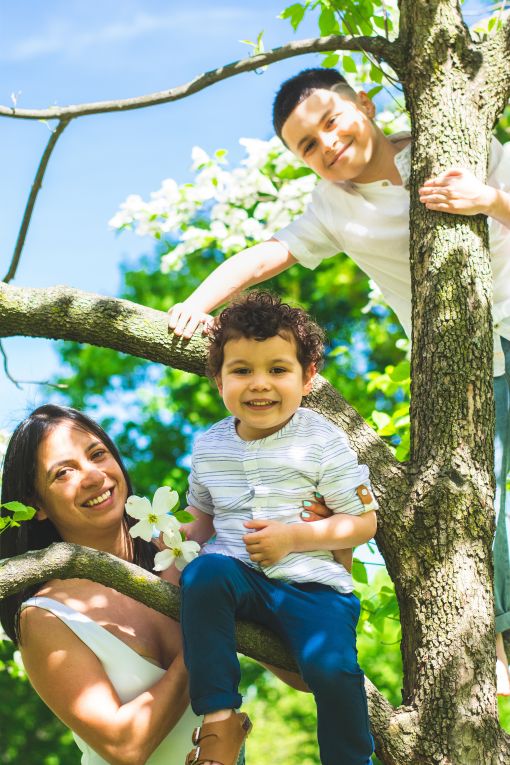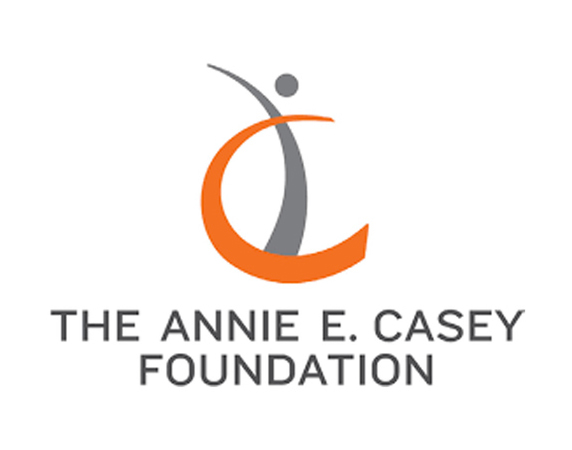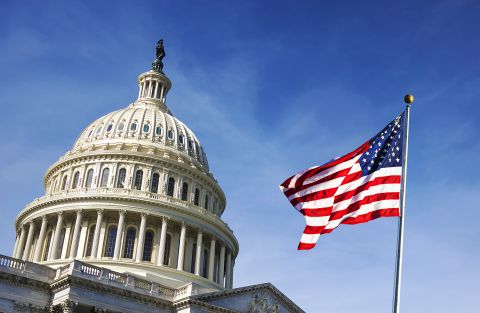
About this Project
Welcome to the Every Kid Needs a Family Website! The purpose of this site is to provide information and advocacy tools to assist judges, attorneys, and advocates in making decisions regarding the placement of children that reflect the least restrictive, most family-like setting possible for each child under court jurisdiction.
Within this site, you will find resources and links to research and best practices on child welfare placements, a summary of relevant federal law, advocacy, and decision-making tools for judicial officers and attorneys, and data on institutional placements for each state.
The first generation of Every Kid Needs a Family followed the 2015 release of an Annie E. Casey Foundation report by the same name. The report cited the research showing that children fare much better in family-based care and challenged policymakers, courts, social service agencies, and communities to do a better job in assessing and treating children who are living in non-family institutional placements.
Recent research and policy developments have reinforced the report’s findings. In 2018, Congress passed the landmark Family First Prevention Services Act (FFPSA) which severely limits the types of institutional placements that can be supported with federal funds and gives courts new approval and oversight responsibilities.
We hope you will find the tools and resources useful in the quest to keep children in families whenever possible.
Please note: This site and materials use the term "institutional care" to encompass all non-family placements for children in the child welfare system, including group homes, institutions, emergency shelters, residential treatment facilities, or other congregate care facilities
Explore the data
To view an interactive map with the most recent data on institutional care placements and the eight-year trend for each state, visit the Annie E. Casey Kids Count Data Center.
 |  |  |
Production of this site is a partnership of the National Center for State Courts and the National Association of Counsel for Children with the generous support of the Annie E. Casey Foundation. The contents were also informed and strengthened through collaboration and feedback from the American Bar Association’s Center on Children and the Law, National Council of Juvenile and Family Court Judges, the National Court Appointed Special Advocates Association, National Association of American Indian Court Judges Association, Association of Children’s Residential Centers, and the Building Bridges Initiative.


